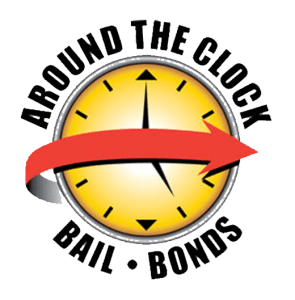History of Bail Bonds
Bail bonds are an accepted part of the criminal justice system in modern times. However, many people are not aware of how old the concept of bails bonds is. People in the Western world began posting bail, that is giving money or property in exchange for being released from jail, in the thirteeth century.
However, the practice of posting bail bonds is seen in records dating back four millennia in what is now Iraq. Wealthy land owners would use their sheep as collateral for a community member to secure their release. The accused then had to maintain contact with their “bondsman,” often working for him until the trial was concluded. Most cultures that have criminal justice systems have had some sort of bail bond system in their history.
The bail bond system began because of one core problem with bail: it naturally gave an unfair advantage to the wealthy, who had large amounts of liquid assets. Middle and lower class people were usually not able to post bail and thus were unable to be released from jail while awaiting a trial. Being incarcerated during the pre-trial period has been found to lead to more convictions and heavier sentences, because the accused is not able to participate in building a defense. This made the justice system inherently unfair to people who were not rich.
This led to the formation of money-lending businesses specifically for the accused, a practice that was brought to the United States from Britain during the country’s Colonial era. However, the first modern American bail bonds company, in which a percentage is given by the accused and the rest by the bail bondsmen, was formed in 1898 in San Francisco. Tom and Peter P. McDonough ran a business similar to modern bail bonds companies, lending the majority of bail in exchange for guaranteeing that the person released would appear in court. The McDonough brothers were bar owners who began posting bail bonds as a favor to favorite patrons in exchange for a percentage of the amount posted. While there have been some changes in the century since this business model was instituted, the system and basic principles remain the same except for legal variations from state to state.
In the United States today, bail bonds companies lend $14 billion annually. There are over 13 million arrests in the US every year, and 49% of these people have bail set in exchange for release. Most Americans cannot afford the high amounts set in bail, and people who stay in custody until their trial are more likely to be convicted due to be unable to build a case. These factors make bail bonds an important part of the American justice system.
The top three accused crimes needing bail are assault and battery, larceny theft, and public intoxication. Bail bonds are most often used for felonies that have jail sentences if convicted and thus fulfill a need for the accused to get legal representation and build a case. Bail bonds companies play an important role in ensuring that people of all means can get a fair chance in court.




